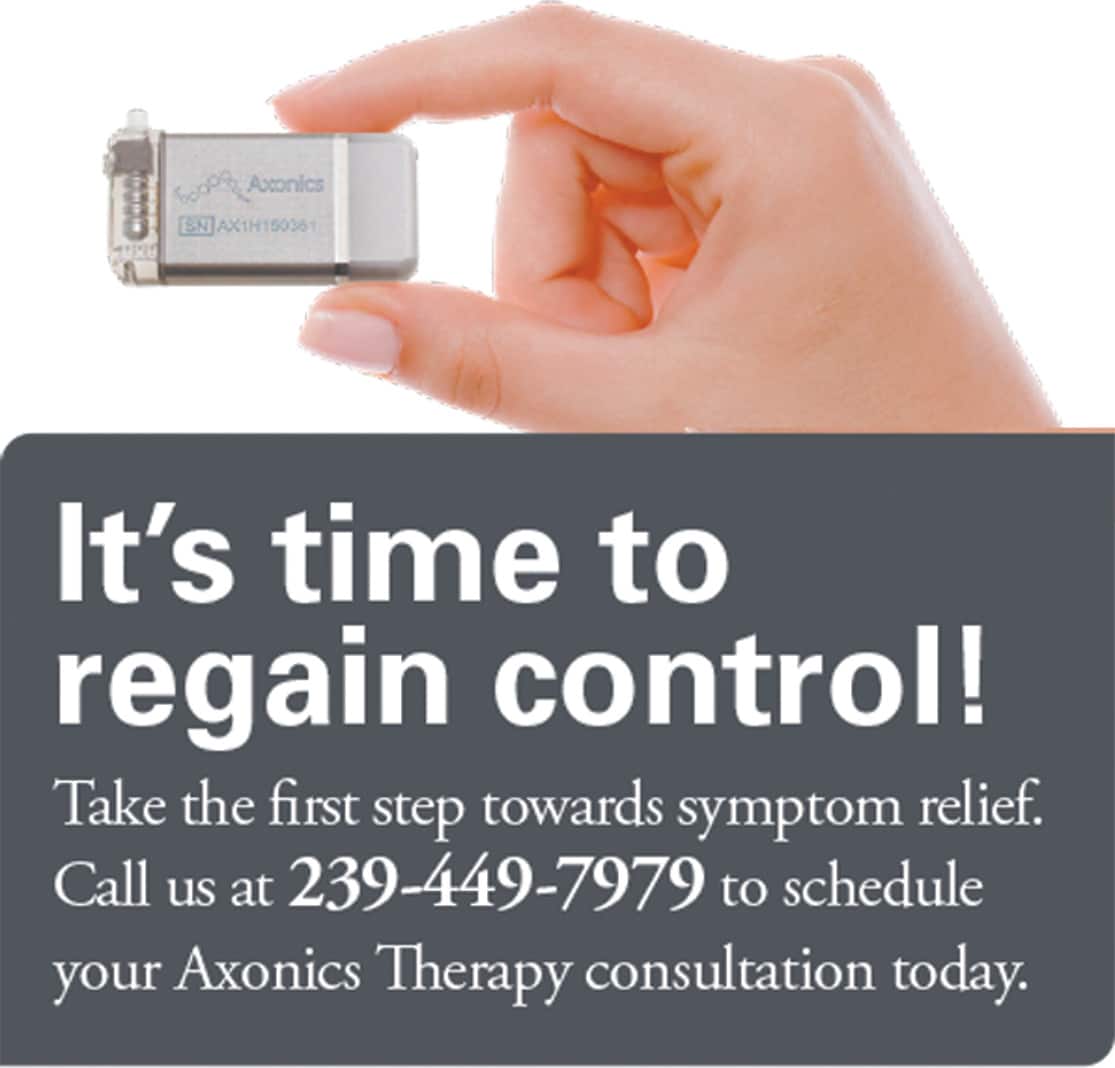Marc A. Melser, MD
 Unfortunately, aging brings on additional health concerns. One of these is Benign Prostatic Hyperplasia (BPH). BPH is a condition where the prostate gland becomes enlarged. This is extremely common in men.
Unfortunately, aging brings on additional health concerns. One of these is Benign Prostatic Hyperplasia (BPH). BPH is a condition where the prostate gland becomes enlarged. This is extremely common in men.
There are two main stages of a man’s life when his prostate undergoes significant growth (U.S. Department of Health and Human Services). The first stage occurs when men are going through early puberty. During this stage, the prostate doubles in size. At the age of 25, the second stage follows. This second stage can often result in BPH years later. Symptoms don’t typically show until after the age of forty. Over 50 percent of men in their sixties and 90 percent of men in their seventies have BPH.
What are the Symptoms of BPH?
The typical symptoms are related to changes in urination. They include slowing of the stream, hesitency, intermittency, terminal dribbling and the feeling of incomplete emptying. More troubling are the irritative symptoms of urgency, daytime frequency and waking up at night to void.
How does a Urologist Diagnose BPH?
Like with all medical conditions a good history is crucial. The patient will be asked about the symptoms listed above. There are standardized questionnaires which assist with this. They include the one from the American Urological Association. This will be followed by a physical exam. The urologist will palpate the abdomen to see if the bladder is distended. Then of course, everyone’s favorite, the prostate will be examined. This will see if there are any lumps which would be suspicious for cancer and give a crude estimate of size. The urine will be examined for red and white cells which suggest infection. The PSA will also be studied.
Beyond those basics, a urologist will check the man’s emptying with a post void residual almost always done by ultrasound. Then one can perform a flow rate and even cystoscopy which is looking inside the bladder with a telescope.
How is BPH treated?
Men with mild to moderate symptoms will almost always start with medication. Most men will be placed on a drug called an alpha blocker. Such names as Flomax and Uroxatrol are in this class. These drugs relax the prostate to reduce outlet resistance. Usually, they are quite effective and well tolerated. Another class of drugs is the 5 alpha reductase inhibitors. These agents of Proscar and Avodart actually shrink the prostate. They too are effective but usually take a longer time to reach that point than the alpha blockers.
Some men either progress to the point of needing surgery or simply walk in the door with advanced stages of BPH. There are absolute indications for prostate surgery. They are urinary retention. These men “shut down” and need a catheter. Some have stones in their bladder. Some get infections. Some men present with a dramatic presentation of acute renal failure as a result of obstruction. If a man has any of these conditions, he is no longer a candidate for medical therapy and needs surgery.
So What is that Surgery?
I ask men to envision the prostate like a hard boiled egg. There really are two zones in the prostate: the inner and outer. For this condition, only the yolk is removed. This creates a channel through which to urinate. The gold standard procedure is the Transurethral Resection of the Prostate(TURP); aka “Rotor Rooter”. With a large telescope, the inner part of the prostate is shaved down and a nice channel is created.
This takes about 1 – 1.5 hours and a man is in the hospital overnight. The results are usually very gratifying with an improved flow, better emptying and a better sense of urination. The main side effects are bleeding, urinary incontinence(a drip); retrograde ejaculation and unfortunately, inability to achieve the desired results.
The TURP has been around for many, many years. During my career, I have seen some technologies come and go that have been touted as a replacement to TURP. Some forms of laser, Transurethral needle ablation(TUNA); Microwave and even balloon dilatation of the prostate have had their day.
Current alternatives include the green light laser and plasma vaporization of the prostate. These interesting technologies create a channel by vaporizing the tissue. An even newer device is the “Urolift” This is a bolster device which retracts the obstructing lateral lobes. Some early results seem promising. My bias would be these are for men with smaller prostates.
Is there help for me?
Of course there is. If you suffer from the symptoms listed above and feel you are having trouble urinating, please see a urologist. You will undergo a thorough evaluation and be introduced to a treatment most fits your needs.
If you think that you might be suffering with BPH, call 941-235-7281 for a visit with Dr. Melser today.
About Dr. Melser
Dr. Marc Melser completed his Urology Residency and Fellowship at Henry Ford Hospital in Detroit, MI. Dr. Melser manages all aspects of General Urology such as kidney stones, low testosterone, benign prostate problems and prostate cancer. He has lived and worked in Charlotte County since 1994. During that time, Dr. Melser has served as the President of the Charlotte County Medical Society and as Chairman of Surgery for both Fawcett Memorial Hospital and Bayfront Health Punta Gorda. On a national/state level, Dr. Melser is a member of the American Urological, American Medical, and Florida Medical Associations.








